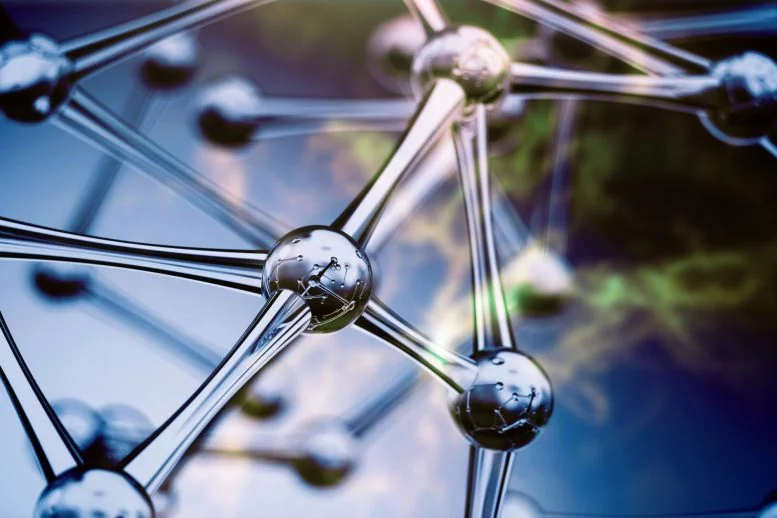Scientists reveal the chemical secret of the “Holy Grail”
- April 26, 2024
- 0
The mystery that has baffled the scientific community for more than 50 years has finally been solved. A team from Linköping University in Sweden and Helmholtz University in
The mystery that has baffled the scientific community for more than 50 years has finally been solved. A team from Linköping University in Sweden and Helmholtz University in

The mystery that has baffled the scientific community for more than 50 years has finally been solved. A team from Linköping University in Sweden and Helmholtz University in Munich has found that a certain type of chemical reaction may explain why organic matter found in rivers and lakes is so resistant to degradation. Their research was published in the journal Nature.
“This has been the holy grail of my research field for over 50 years,” says Norbert Hertkorn, an analytical chemist formerly at Helmholtz University of Munich and now at Linköping University.
Let’s take it from the beginning. For example, when a leaf breaks off a tree and falls to the ground, it immediately begins to rot. Before a leaf decays, it consists of thousands of individual biomolecules; Molecules that can be found in most living things.
Leaf decomposition occurs in several stages. Insects and microorganisms begin to absorb it, and sunlight and moisture affect the leaf, causing further destruction. Eventually the molecules of the decomposing leaves are washed into rivers, lakes and oceans.
But so far, thousands of known biomolecules have been transformed into millions of very different-looking molecules with complex and often unknown structures. This dramatic chemical transformation process has remained a mystery, baffling researchers for more than half a century until now.
“We can now learn how a few thousand molecules of living matter can give rise to millions of different molecules that quickly become very resistant to further degradation,” says Norbert Hertkorn.
The team discovered that a type of reaction known as oxidative deomatization was behind this mystery. Although this reaction has long been studied and is widely used in pharmaceutical syntheses, its natural occurrence has not yet been discovered.
In the study, the researchers showed that oxidative deromatization changes the three-dimensional structure of some components of biomolecules, which can activate a cascade of sequential and differentiated reactions, leading to the emergence of millions of different molecules.
Previously, scientists believed that the path to dissolved organic matter involved a slow process involving many sequential reactions. However, the current study shows that the transformation occurs relatively quickly.
The team examined dissolved organic matter from four tributaries of the Amazon River and two lakes in Sweden. They used nuclear magnetic resonance (NMR) to analyze the structure of millions of different molecules. It is noteworthy that the basic structure of dissolved organic matter remains unchanged regardless of the climate.
“The key to the findings was the unconventional use of NMR, which allowed us to probe the deep interiors of large dissolved organic molecules, thus mapping and measuring the chemical environment around carbon atoms,” explains Xiu Li. Helmholtz Center and lead author of the study.
In biomolecules, carbon atoms can bond to four other atoms, most often hydrogen or oxygen. But to the team’s surprise, a very large portion of the organic carbon atoms were bonded not to hydrogen but to other carbon atoms. Of particular interest was the large number of carbon atoms specifically bonded to three other carbon atoms and one oxygen atom, a structure that is very rare in biomolecules.
This stabilizes the organic matter, allowing it to be stored for long periods and preventing it from rapidly returning to the atmosphere as carbon dioxide or methane, according to David Bastviken, professor of environmental change at Linköping University.
“This discovery helps explain the important organic carbon sinks on our planet that reduce the amount of carbon dioxide in the atmosphere,” says David Bastviken.
Source: Port Altele
As an experienced journalist and author, Mary has been reporting on the latest news and trends for over 5 years. With a passion for uncovering the stories behind the headlines, Mary has earned a reputation as a trusted voice in the world of journalism. Her writing style is insightful, engaging and thought-provoking, as she takes a deep dive into the most pressing issues of our time.